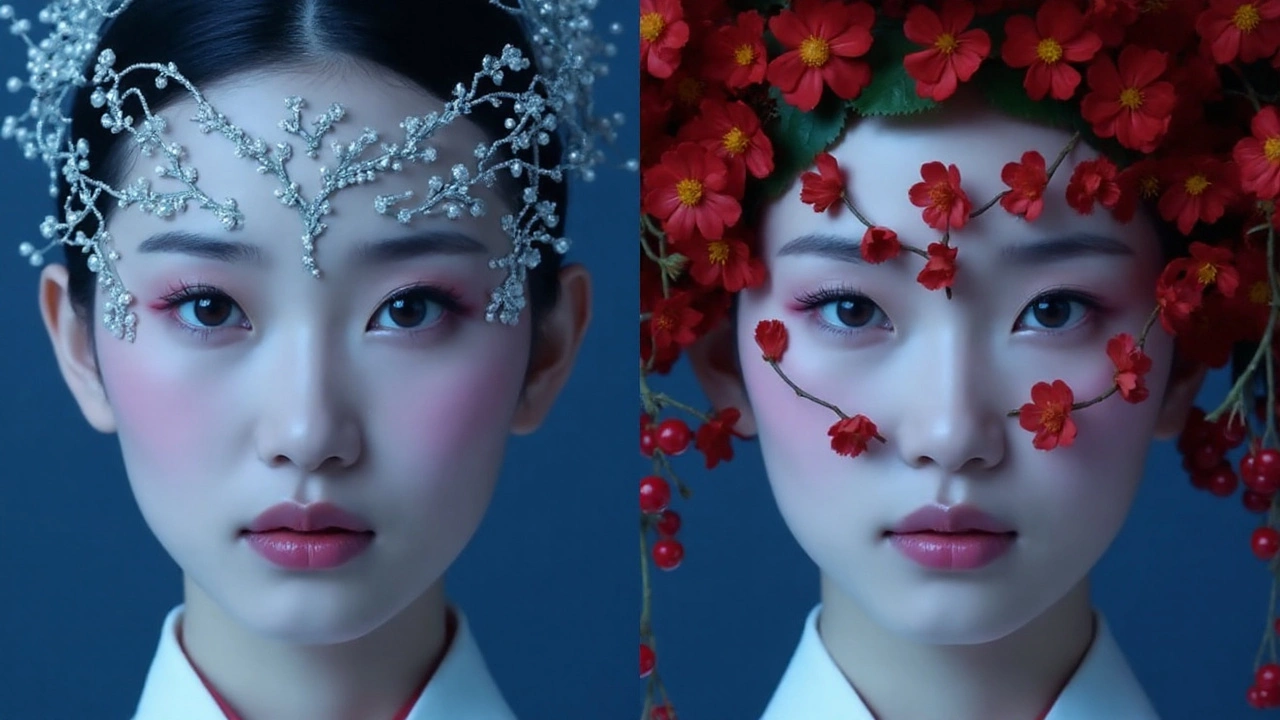What’s new and why it matters
Three-point-nine cents. That’s the rough cost to generate a single image with Gemini 2.5 Flash Image, Google’s new model built to turn plain text into detailed visuals—and then keep editing them through a back-and-forth conversation. It doesn’t just draw. It understands text and images together in one step, which means sharper context, fewer misses, and faster iteration.
At its core is a native multimodal design. The model was trained to process words and visuals in the same pass, rather than stitching them together after the fact. In practice, that means it can merge several input images into one scene, keep a character’s look consistent across different frames, and reason about what’s in a photo before it edits it. If you ask for a red scarf to become blue only in the reflection, it knows where to look.
Text inside images has been a long-time headache for this space. Here, you can specify exact wording, describe font style, and guide typography. Think storefront signage with precise copy, a product label with legible small text, or UI mockups with button labels you can actually read. The model aims to render those lines cleanly, and it treats type as a design choice you can direct.
Google is pushing this as more than a generator. It is a conversational editor. You can start with a draft, then iterate: brighten the left side, swap the background for a winter street, keep the jacket, add motion blur, and nudge the camera angle. You don’t have to restate everything in each prompt. The model tracks context, so small edits feel natural and fast.
Crucially, the system was trained to reason about image content. That helps with requests like “move the subject three steps to the right without changing her posture,” or “merge these two photos and match the lighting.” It’s also what enables multi-image composition—combining multiple inputs into a cohesive scene rather than a collage that falls apart on close inspection.
Google says the model responds to descriptive language, not keyword stuffing. So, instead of tossing in “portrait, bokeh, 50mm, dramatic,” you’ll get better results by writing a short scene that reads like a photographer’s brief. That extra context steers lighting, texture, and mood in one go.

How to get the best results (and what it costs)
For photoreal work, Google recommends prompts that mirror how a photographer plans a shot. You outline what the camera sees, the mood, and the technical setup. Here’s a simple template the company suggests:
- Shot type: close-up, medium, wide, over-the-shoulder
- Subject: who/what, clothing, key features
- Action or expression: pose, gesture, emotion
- Environment: location, time of day, background details
- Lighting: natural or artificial, direction, intensity
- Mood: cinematic, candid, moody, airy
- Camera and lens: focal length, aperture, framing
- Key textures: materials, surfaces, weather effects
- Aspect ratio: 1:1, 3:2, 16:9, etc.
Example: “Wide shot of a ceramicist shaping a tall vase on a spinning wheel in a sunlit studio. Soft morning light through dusty windows, warm highlights on wet clay. Calm, focused expression. 35mm lens at f/2.8, shallow depth of field, gentle motion blur on the wheel. Earthy textures, clay splatter on apron. 3:2 aspect ratio.”
Beyond generation, the model supports targeted edits using natural language. You can ask it to change the color of a single object, match a product’s brand palette, or replace a background with a specific setting. For storytelling, it can keep characters consistent across scenes—same hairstyle, same jacket, same scar—so you can build sequences without retraining a separate system.
Multi-image composition is built in. Provide photos or frames, describe how they should interact, and the model blends them into one scene. This is useful for ad mockups, storyboards, or combining a product render with a lifestyle background. Because the system reasons about lighting and perspective, it’s better at making those pieces feel like they belong together.
Pricing is straightforward. Output tokens cost $30 per 1 million. Each generated image uses about 1,290 output tokens, which works out to roughly $0.039 per image. If you generate 1,000 images, that’s about 1.29 million output tokens, or $38.70. Input and other outputs follow standard Gemini 2.5 Flash rates. For teams, that makes budgeting simple: estimate images, multiply by 1,290 tokens each, and you’re close.
Access comes through three routes: the Gemini API, Google AI Studio for rapid prototyping, and Vertex AI for enterprise rollouts. AI Studio’s build mode has been revamped so you can test the model, remix projects, and push simple apps without much setup. When you’re ready to scale, you can deploy straight from AI Studio or export code to GitHub for deeper development.
Under the hood, the image variant supports a 32,000-token context window, and the broader family takes audio, images, video, and text as inputs. In plain terms, that gives you room for detailed instructions, plus reference images, while keeping the system snappy. The company says it kept the low-latency feel of earlier Flash models while boosting output quality and control—a common ask from users who liked speed but wanted more fidelity.
What can you build with it? A few practical ideas stand out. Marketing teams can produce product shots in different scenes and styles, then tweak labels and text without leaving the tool. Game studios can mock up characters and keep them consistent across cutscenes. Educators can generate visuals for lessons and refine them in plain English. Designers can lay out posters with on-image copy and direct the font style in the same prompt.
Developers get a smoother workflow. Start in AI Studio, test prompts, save prompt templates, and wire them into a prototype. Use conversational edits to reduce back-and-forth between tools. When the flow feels right, export code and hook it into your stack—whether that’s a content system, a creative app, or an internal tool for sales visuals.
There are guardrails. Google says the system includes security controls and supports multiple languages, with policies meant to reduce risky outputs. That also means some prompts will be refused or require adjustments. For teams working in regulated spaces, Vertex AI adds governance features on top of the base model access, which helps with audits and internal review, though availability will depend on region.
On availability, there’s a catch. The model is not supported in several countries across Europe, the Middle East, and Africa. If your team is global, you’ll want to confirm regional access before you plan a rollout. In supported regions, the mix of cost, speed, and control is the selling point.
Results still depend on prompt quality. Narrative prompts beat disconnected tags. Short, clear edits beat vague requests. If you want photoreal detail, describe camera settings and light behavior. If you want graphic layouts, spell out the exact text and where it should appear. The model is built to follow natural language, so give it the kind of direction a person would understand.
If you’re coming from older image tools, the shift here is the back-and-forth. You don’t need to nail the perfect prompt at the start. Draft something, then course-correct: change the season, fix the logo, keep the lighting, move the subject one step, sharpen only the foreground. That conversational loop is what makes this model feel less like a black box and more like a creative partner you can steer.

